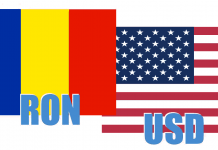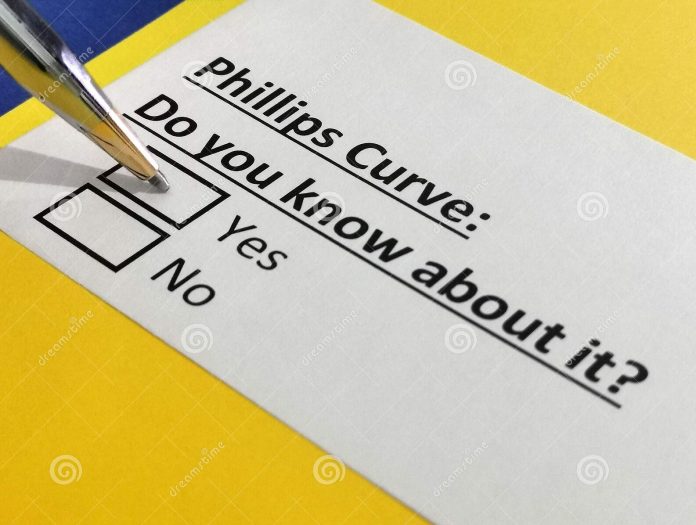What is the Phillips Curve?
The Phillips curve is an economic concept developed by A. W. Phillips stating that inflation and unemployment have a stable and inverse relationship. The theory claims that with economic growth comes inflation, which in turn should lead to more jobs and less unemployment. However, the original concept has been somewhat disproven empirically due to the occurrence of stagflation in the 1970s, when there were high levels of both inflation and unemployment.
KEY TAKEAWAYS
- The Phillips curve states that inflation and unemployment have an inverse relationship. Higher inflation is associated with lower unemployment and vice versa.
- The Phillips curve was a concept used to guide macroeconomic policy in the 20th century, but was called into question by the stagflation of the 1970’s.
- Understanding the Phillips curve in light of consumer and worker expectations, shows that the relationship between inflation and unemployment may not hold in the long run, or even potentially in the short run.
Understanding the Phillips Curve
The concept behind the Phillips curve states the change in unemployment within an economy has a predictable effect on price inflation. The inverse relationship between unemployment and inflation is depicted as a downward sloping, concave curve, with inflation on the Y-axis and unemployment on the X-axis. Increasing inflation decreases unemployment, and vice versa. Alternatively, a focus on decreasing unemployment also increases inflation, and vice versa.
The belief in the 1960s was that any fiscal stimulus would increase aggregate demand and initiate the following effects. Labor demand increases, the pool of unemployed workers subsequently decreases and companies increase wages to compete and attract a smaller talent pool. The corporate cost of wages increases and companies pass along those costs to consumers in the form of price increases.
This belief system caused many governments to adopt a “stop-go” strategy where a target rate of inflation was established, and fiscal and monetary policies were used to expand or contract the economy to achieve the target rate. However, the stable trade-off between inflation and unemployment broke down in the 1970s with the rise of stagflation, calling into question the validity of the Phillips curve.
IMPORTANT: On August 27, 2020 the Federal Reserve announced that it will no longer raise interest rates due to unemployment falling below a certain level if inflation remains low. It also changed its inflation target to an average, meaning that it will allow inflation to rise somewhat above its 2% target to make up for periods when it was below 2%.
The Phillips Curve and Stagflation
Stagflation occurs when an economy experiences stagnant economic growth, high unemployment and high price inflation. This scenario, of course, directly contradicts the theory behind the Philips curve. The United States never experienced stagflation until the 1970s, when rising unemployment did not coincide with declining inflation. Between 1973 and 1975, the U.S. economy posted six consecutive quarters of declining GDP and at the same time tripled its inflation.
Expectations and the Long Run Phillips Curve
The phenomenon of stagflation and the break down in the Phillips curve led economists to look more deeply at the role of expectations in the relationship between unemployment and inflation. Because workers and consumers can adapt their expectations about future inflation rates based on current rates of inflation and unemployment, the inverse relationship between inflation and unemployment could only hold over the short run.
When the central bank increases inflation in order to push unemployment lower, it may cause an initial shift along the short run Phillips curve, but as worker and consumer expectations about inflation adapt to the new environment, in the long run the the Phillips curve itself can shift outward. This is especially thought to be the case around the natural rate of unemployment or NAIRU (Non Accelerating Inflation Rate of Unemployment), which essentially represents the normal rate of frictional and institutional unemployment in the economy. So in the long run, if expectations can adapt to changes in inflation rates then the long run Phillips curve resembles and vertical line at the NAIRU; monetary policy simply raises or lowers the inflation rate after market expectations have worked them selves out.
In the period of stagflation, workers and consumers may even begin to rationally expect inflation rates to increase as soon as they become aware that the monetary authority plans to embark on expansionary monetary policy. This can cause an outward shift in the short run Phillips curve even before the expansionary monetary policy has been carried out, so that even in the short run the policy has little effect on lowering unemployment, and in effect the short run Phillips curve also becomes a vertical line at the NAIRU.






























